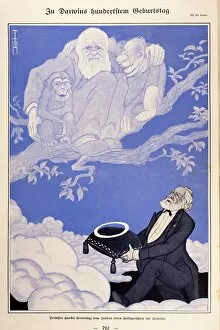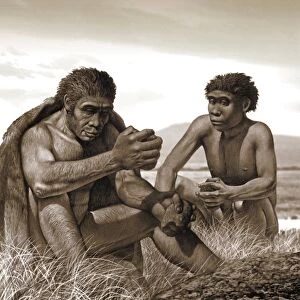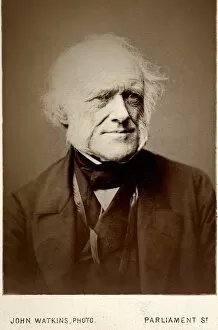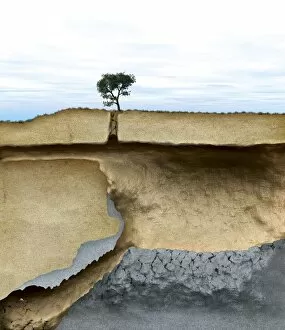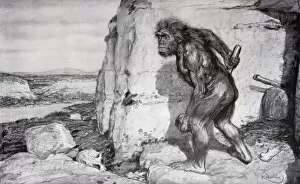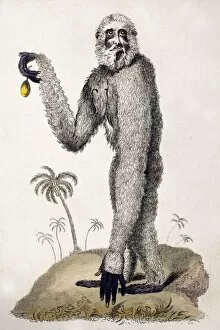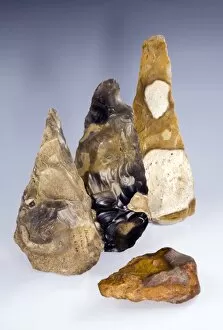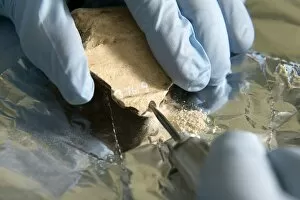Human Ancestor Collection
"Unraveling the Tapestry of our Human Ancestors: Tracing the Evolutionary Journey" In 1909, a cartoon by Darwin sparked curiosity about our origins
All Professionally Made to Order for Quick Shipping
"Unraveling the Tapestry of our Human Ancestors: Tracing the Evolutionary Journey" In 1909, a cartoon by Darwin sparked curiosity about our origins. As we delve into the depths of history, we encounter a fascinating mosaic that connects us to our ancient past. From apes to Haeckel's artistic renderings, we explore the diverse branches on humanity's family tree. Homo ergaster emerges as a pivotal figure in this narrative, depicted vividly in artwork C013 / 9576. Witnessing Homo habilis hunting in artwork C013 / 6549 transports us back to an era where survival skills were honed through sheer determination and resourcefulness. Charles Lyell's portrait photo cdv from the 1860s reminds us of those who laid the foundation for understanding human evolution. Neanderthal settlements come alive before our eyes; cooking, skinning, and toolmaking unfold in intricate detail against their backdrop. The Silberberg Grotto in South Africa showcases artistry that transcends time itself. Yet amidst these triumphs lies evidence of struggle – prehistoric bears feasting upon human bones (C013 / 9584). We are reminded of mortality and how death rituals have shaped cultures throughout millennia (artwork C013 / 9573 & C013 / 9578). The resilience of Neanderthals is unveiled as they embark on mammoth hunts (artwork C013 / 9579), while Homo habilis and Homo heidelbergensis showcase their prowess as skilled hunters (artworks C013 / 9577 & C013/9572). As we piece together these fragments from antiquity, it becomes clear that every step taken by our ancestors paved the way for humankind today. Their struggles, achievements, and rituals echo within us all – reminding us of our shared heritage and inspiring awe at how far we've come.

